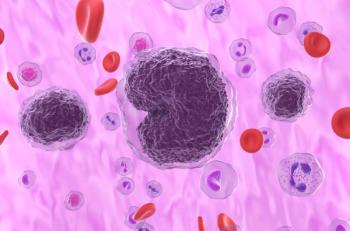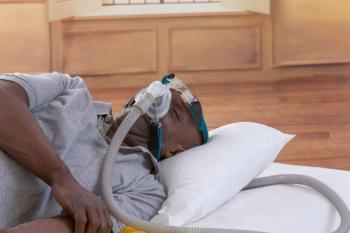
Air Pollution Linked to Asthma Disparities in Austin Neighborhoods
Areas with high proportions of Black and Latinx residents face high rates of asthma-related emergency department visits, according to one study.
Black and Latinx individuals living in Austin, Texas, had an increased rate of
The study suggests how small adjustments in air pollution levels can impact the frequency of asthma-related emergency care, especially among marginalized communities.
This population-based study is published in the
“We are exploring the connections between the neighborhood environment and lung health so that people can understand the risks they face when they live in places with consistently poor air quality,” Sarah Chambliss, PhD, lead author of the study and a research associate in the Department of Population Health at the University of Texas at Austin’s Dell Medical School, said
The researchers conducted their study using an administrative database from 2016 to 2017, to define census tract population-based incidence rates of asthma-related emergency department visits.
Additionally, the researchers estimated the associations among census tract asthma visit incidence rates; average fine and coarse particulate matter (PM2.5, PM10), nitrogen dioxide (NO2), and sulfur dioxide (SO2); and racial and ethnic composition while controlling for socioeconomic and housing covariates. Furthermore, the researchers estimated the incidence risk ratios (IRRs) associated with race and ethnicity when controlling for air pollution exposure.
In total, records for the Austin metro area included 8066 asthma-related emergency visits by children and 8360 emergency visits by adults. Of the total 16426 emergency visits, 742 records were excluded.
PM2.5, PM10, and SO2 were associated with asthma-related emergency visits, and multipollutant models showed evidence of independent risk associated with PM10 and SO2.
Additionally, neighborhoods with higher levels of air pollution were associated with having a higher proportion of Black (IRR, 1.51; 95% CI, 1.48-1.54) and Latinx (IRR, 1.11; 95% CI, 1.09-1.13) residents, compared with White residents.
The association between census tract incidence and Black resident share attenuated by 24% when accounting for air pollution (IRR, 1.39; 95% CI, 1.35-1.42) and by 32% for Latinx resident share (IRR, 1.08; 95% CI, 106-1.10). These models suggest that pollution exposure may account for the higher number of asthma-related emergency visits, especially among neighborhoods with more residents of color.
This study was published just weeks after the Environmental Protection Agency announced stricter limits on air quality standards in the US, with Austin showing higher-than-acceptable levels of fine particulate matter.
“These findings underscore the urgent need for targeted interventions to mitigate pollution in neighborhoods with higher asthma burdens, especially where Black and Latinx people live,” Elizabeth Matsui, MD, coauthor of the study, a professor of population health and pediatrics, and director of the Center for Health & Environment: Education & Research at Dell Medical School, said
References
1. Chambliss SE, Matsui EC, Zàrate RA, Zigler CM. The role of neighborhood air pollution in disparate racial and ethnic asthma acute care use. Am J Resp Crit Care Med. Published online February 27, 2024. doi:10.1164/rccm.202307-1185oc
2. Air pollution in Austin neighborhoods linked to asthma disparities, UT study finds. EurekAlert! News release. March 19, 2024. Accessed March 22, 2024. https://www.eurekalert.org/news-releases/1038223
Newsletter
Stay ahead of policy, cost, and value—subscribe to AJMC for expert insights at the intersection of clinical care and health economics.













































